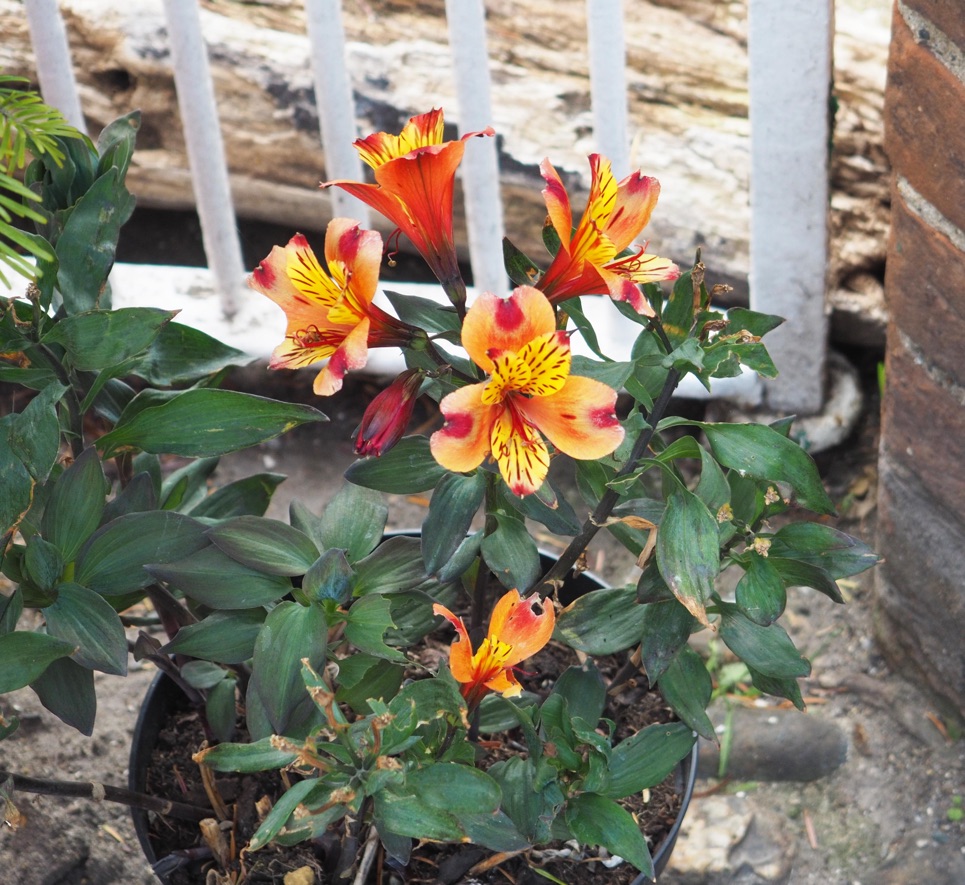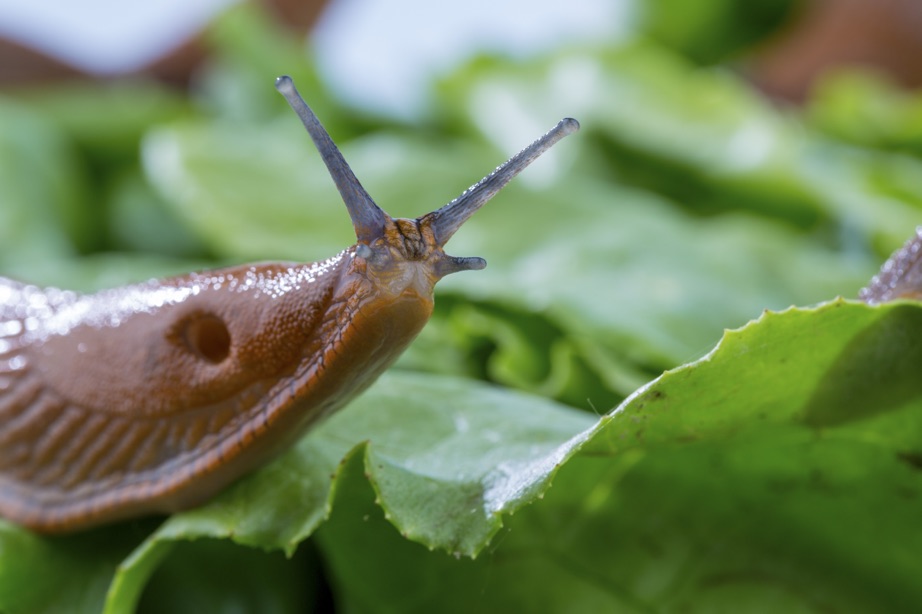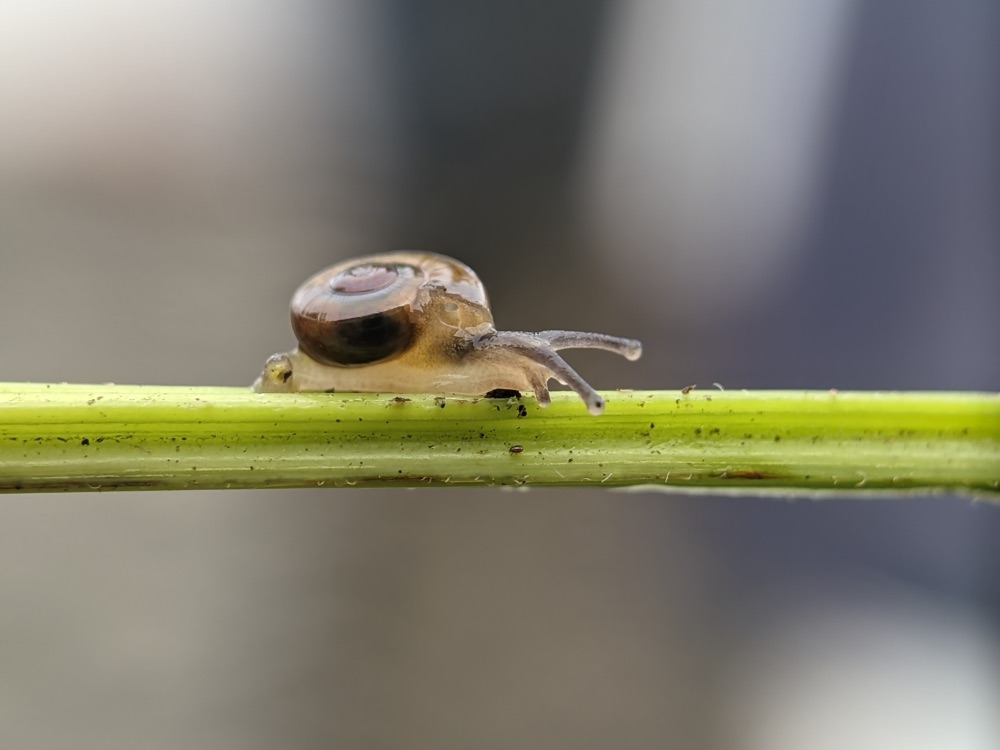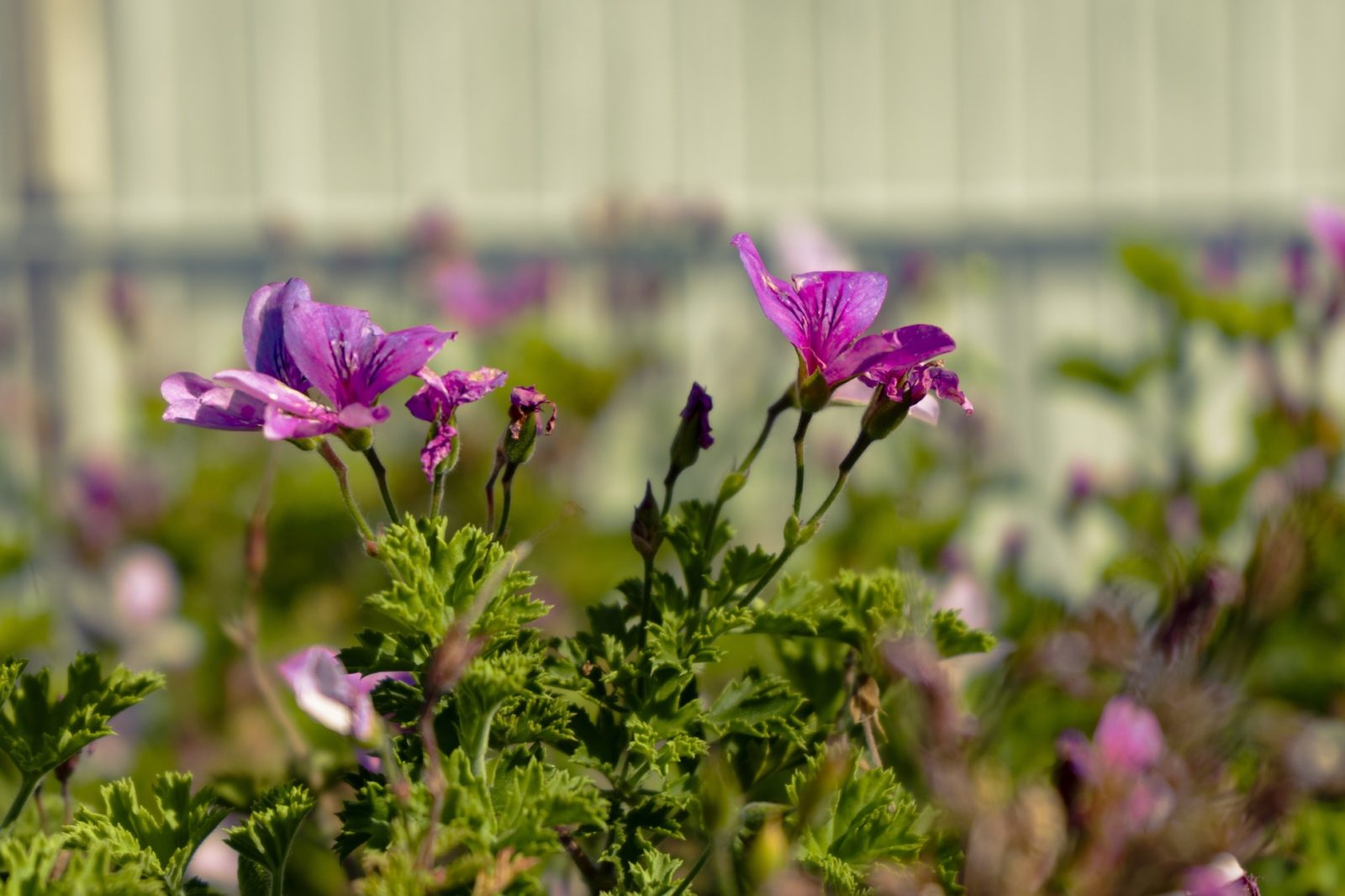PERENNIALS > ALSTROEMERIA > PROBLEMS

Elizabeth is a Permaculture Garden Designer, Sustainability Consultant and Professional Writer, working as an advocate for positive change. She graduated from the University of St. Andrews with an MA in English and Philosophy and obtained a Diploma in Applied Permaculture Design from the Permaculture Association.
Reviewed By COLIN SKELLY

Colin is a Horticulturist and Horticultural Consultant with experience in a range of practical and managerial roles across heritage, commercial and public horticulture. He holds the Royal Horticultural Society’s Master of Horticulture award and has a particular interest in horticultural ecology and naturalistic planting for habitat and climate resilience.
IN THIS GUIDE
ALSTROEMERIA GUIDES
Container Growing
Deadheading
Division
Problems
Varieties
Winter Care
Alstroemeria is generally a relatively trouble-free plant to grow, as long as it is grown in appropriate conditions and cared for correctly.
It will generally flower well and can do so successfully over a number of years, brightening up your garden with its vibrant, lily-like flowers.
However, there are several common problems that you might encounter when growing these plants.
Read on to learn more about the common issues for Alstroemerias and how to tackle them:
1) Issues With Winter Cold
While Alstroemerias are generally hardy plants, problems can arise due to excessive exposure to winter cold.
When growing Alstroemeria in a bed or border in the ground, you should find that while the plant dies back over winter, the roots survive to generate new growth in spring.

However, care should be taken when positioning these plants, so they are not in an overly exposed location or a frost pocket.
You should mulch well around the plants for the first couple of years, as younger plants will not have had time to develop deeper roots and are more susceptible to the cold.
When growing Alstroemerias in containers, these should ideally be brought into a cool porch or unheated greenhouse to keep them frost free.

This is because roots in a container will not have the protection of the surrounding soil and can be damaged by cold temperatures more easily.
If Alstroemeria is damaged by cold, it may not grow or flower as well the following season, or it may even fail to come back all together.
2) Water-Related Problems
As well as winter cold, winter wet can also cause problems for Alstroemerias.
Higher rainfall over the winter months can increase the chances of waterlogging.
Careful positioning and appropriate winter care, as discussed above, will help protect the plants from this problem.

Poor drainage or excessive watering can also cause water-logging issues throughout the rest of the year, so when growing in a border, make sure the soil is suitably free-draining.
When growing in a container, make sure there are good drainage holes at the base.
Add grit to your peat-free, soil-based medium to ensure that you have a suitable free-draining potting mix.

Unfortunately, the fleshy roots of Alstroemerias can be rather prone to rotting in damp conditions.1Phytophthora root rot. (n.d.). Royal Horticultural Society. Retrieved March 9, 2023, from https://www.rhs.org.uk/disease/phytophthora-root-rot
This is one of the most common issues experienced with these plants.
3) Slugs And Snails
Young Alstroemerias are also vulnerable to pests.
Slugs and snails are the most common issue and these pests can gorge on young plants, weakening and even destroying them altogether.
Make sure that you keep the numbers of these pests down by attracting their natural predators to your garden.

Attract birds, like thrushes, and hedgehogs, for example.
You can pick off these pests by hand.
Going out with a torch in the evening will mean that you stand a good chance of catching these pests in the act.
Also, remember to check under the rims of pots or containers, where these creatures are likely to be hiding.

Create barriers around pots or young plants to keep these pests away.
Despite some myths, there are several ways to keep slugs and snails away from your tender young plant, but if there is a serious infestation where you live, consider using slug traps and/or introducing biological controls as a last resort.
Slug pellets should certainly not be used in an organic garden, as they can harm a range of other wildlife.2Slugs. (n.d.). Royal Horticultural Society. Retrieved March 9, 2023, from https://www.rhs.org.uk/biodiversity/slugs
4) Viruses And Fungal Diseases
Alstroemerias are not usually troubled excessively by diseases.
However, there are certain viruses that can occasionally pose a problem, such as mosaic virus.
Mosaic virus causes mottling patterns on the leaves and is spread by insects.3Cucumber mosaic virus. (n.d.). Royal Horticultural Society. Retrieved March 9, 2023, from https://www.rhs.org.uk/disease/cucumber-mosaic-virus

Alstroemerias may also occasionally have fungal issues, such as leaf spot, fusarium wilt, or anthracnose-related diseases.
You may see spotting on leaves, or mould growing around and on the roots.
Preventing waterlogging and overcrowding, and growing these plants in suitably sunny and free draining conditions will significantly reduce the chances of experiencing any issues.
“It is always tempting to plant too close together when setting out new planting,” warns qualified Horticulturist Colin Skelly when advising how to avoid problems in future.
“Use a tape measure to set out the plants to their eventual dimensions.
“Include some temporary plants that will be used elsewhere later or some annuals if you feel that it looks too bare.
“This will prevent plants from restricting each other with losses due to competition for light and nutrients and fungal diseases due to lack of air movement.”

Good garden hygiene will also reduce the incidence of disease on your plants.
If you grow Alstroemerias in the right location and care for these plants correctly, you should usually find them a reasonably easy and hassle-free perennial flowering plant to grow.
References
- 1Phytophthora root rot. (n.d.). Royal Horticultural Society. Retrieved March 9, 2023, from https://www.rhs.org.uk/disease/phytophthora-root-rot
- 2Slugs. (n.d.). Royal Horticultural Society. Retrieved March 9, 2023, from https://www.rhs.org.uk/biodiversity/slugs
- 3Cucumber mosaic virus. (n.d.). Royal Horticultural Society. Retrieved March 9, 2023, from https://www.rhs.org.uk/disease/cucumber-mosaic-virus

